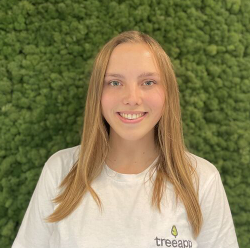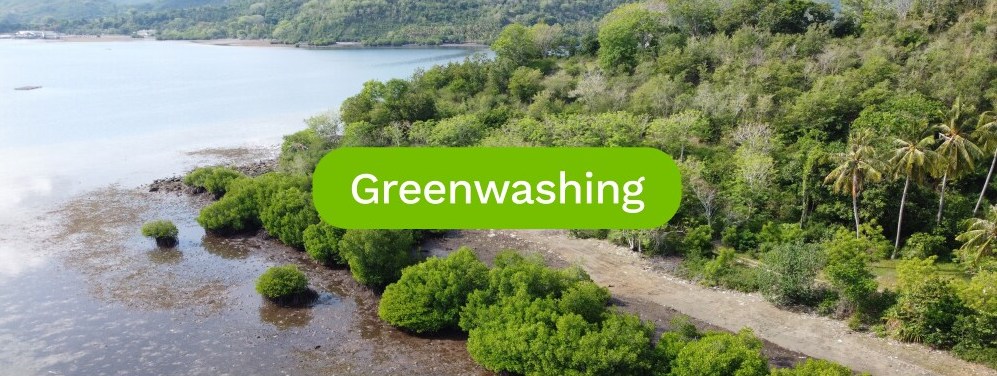Does Treeapp sound too good to be true? Do you question the legitimacy of it? Have you been faced with self-proclaimed carbon experts telling you they’ve seen a facebook video on how tree planting is harmful for the environment? You’ve done the right thing to read this blog, thanks for coming over!
Two things, yes, rest assured Treeapp is real! We’re a small team endlessly working fixing app bugs and improving app features to keep up with the amazing attention we’ve received. Hopefully you’ve realised this and you’re more interested in finding out more about how we plant trees. To start off, you can tell your friends they’re not wrong, but not entirely right either… Let us explain.
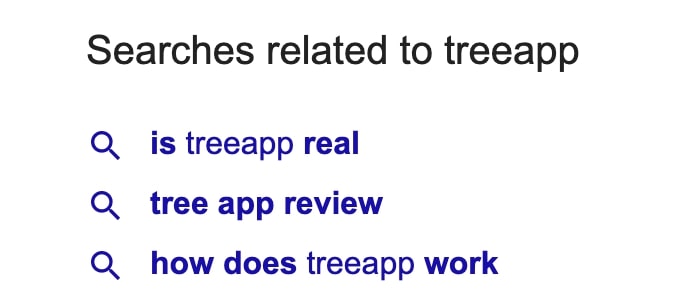
Photo: Google searches related to “Treeapp” (Source: Google)
“Our house is on fire” - a poignant statement made by Greta Thunberg at Davos 2019 denouncing global warming, urging governments and global leaders to take action. This metaphor reminds us of the devastating images we’ve seen of the 2016 California wildfires, 2019 Amazon rainforest fires and most recently the 2020 Australian Bushfires. These recurring patterns bring the whole world together due to the inevitable reminder that our planet is warming.
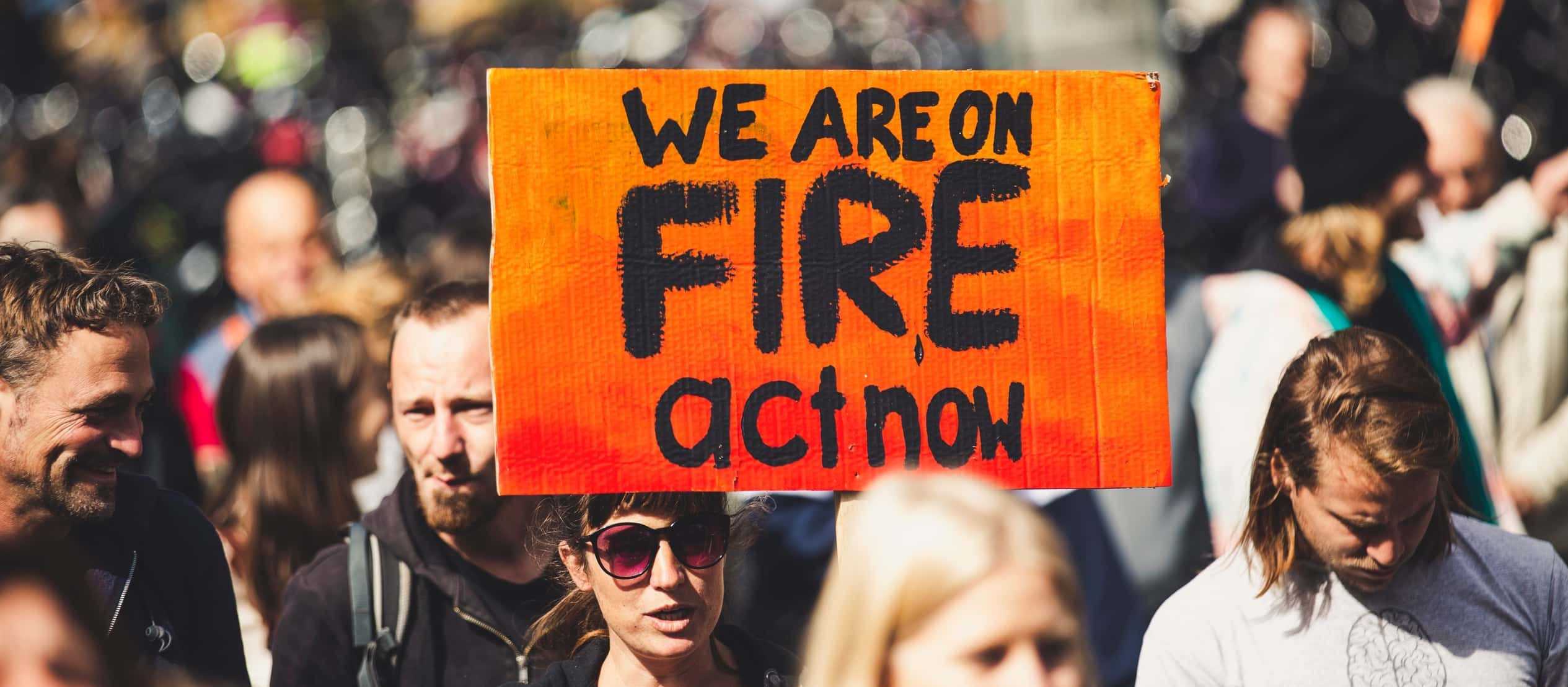
Photo: “We are on fire act now” banner (Source: Unsplash)
On the back of these events, many organisations offer tree planting as an easy solution to mitigate the effects of climate change. However, if not done properly, these can do more damage than good. This is why our team of PhD experts and advisors have come up with a list of criteria that ensure the success and longevity of the reforestation projects we participate in. So, what are our criteria when choosing a new tree-planting partner?
Tree Species
The key benefit of trees is their carbon sequestration power, making them an essential natural solution to tackling global warming. Despite this potential, it can come at the expense of the environment. Due to the damaging effects of monoculture plantations, Treeapp only engages in projects with mixed species, the holy grail being the plantation of endemic species in continuous cover forests.
What do we ask our NGO partners?
Type of trees planted in that location (native, exotic, introduced, mixed)
Are the plantations monoculture or mixed species
Annual target area of planted trees / Actual annual area of planted trees
Project Longevity
Our main concern at Treeapp is to ensure that the trees planted have the best survival rate. Based on Le, Smith and Herbohn’s (2014) paper published in Global Environmental Change , we identified key success drivers to a project’s longevity. One we particularly put emphasis on is the ease of access to the sites (road infrastructure, distance to local towns and the employing of local people). If the roads are paved and less than 50km away from towns, this indicates that there is sufficient access to local communities.
Are the reforestations within 20, 50, 100km of local towns?
What reforestation techniques do you employ and are they based on published research? Are tree nurseries being used to grow seedlings?
What management techniques are employed post-planting?
Social Benefits
Not only does tree planting have an environmental impact, it extends itself to having a major socio-economic impact, hence our careful monitoring on whether locals are employed and how they receive payment. Indeed, the wider benefits to the communities are crucial in assessing a project. If a project engages in wider agroforestry practices such as planting fruit or crop trees, locals are more likely to become stewards of the forest and either earn an income or have access to readily available food crops majorly improving their living condition.
Are locals employed to plant trees?
Are they paid with direct payments?
Aside from reforestation objectives, does your project have any agroforestry objectives, if so, what are they?
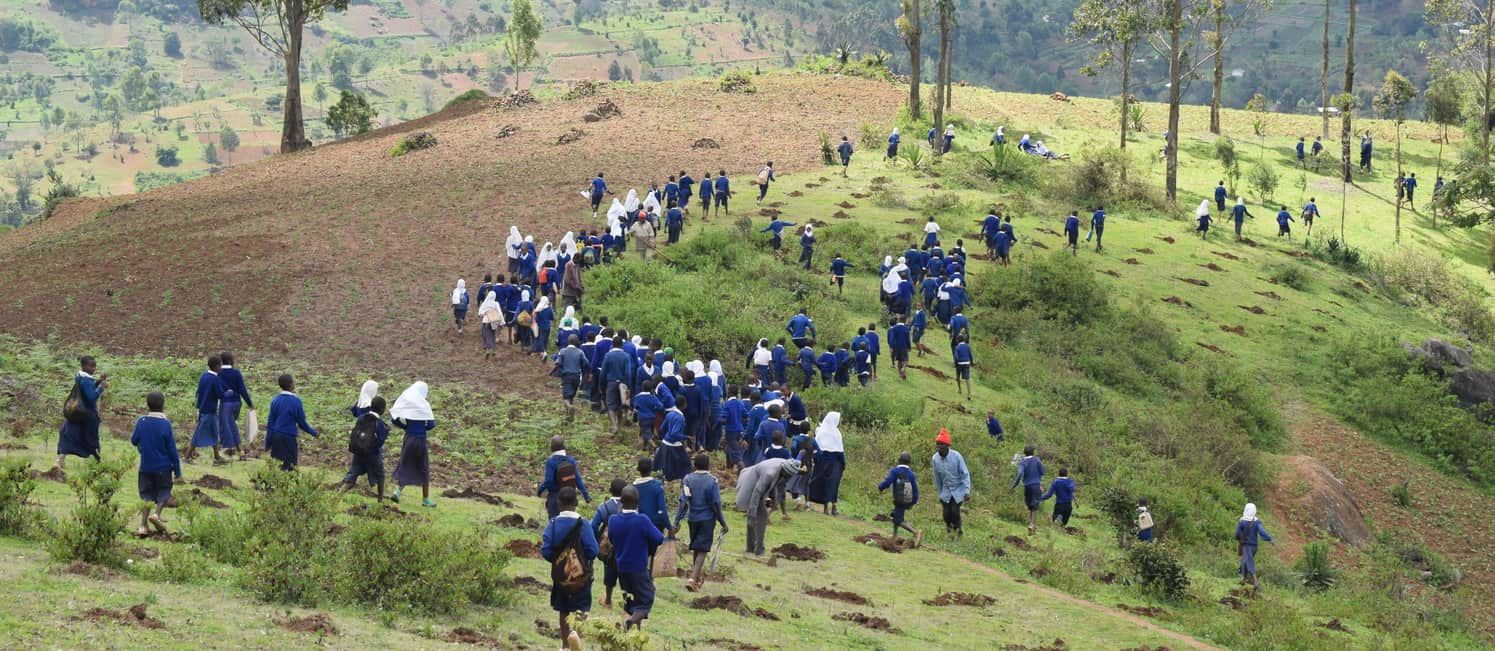
Photo: Tree planting in Tanzania (Source: Friends of Usambara)
This is a very brief overview of the meticulously crafted questionnaire sent to NGOs and tree planting schemes to assess whether they match the standards set at Treeapp. We truly believe that the techniques employed and the way sites are managed during and post-planting indicate the longevity and success of reforestation projects. Unlike many organisations, it is our priority to evaluate the trade-off between the carbon sequestered and the environmental/social impact this project has. We’d like to thank our partners One Tree Planted, Eden Reforestation Projects, Green Ethiopia, Friends of Usambara and ReNaSCEDD for their incredible efforts reforesting our planet. Feel free to get in touch at hello@thetreeapp.org if you’re part of an NGO and would like to work with us!
